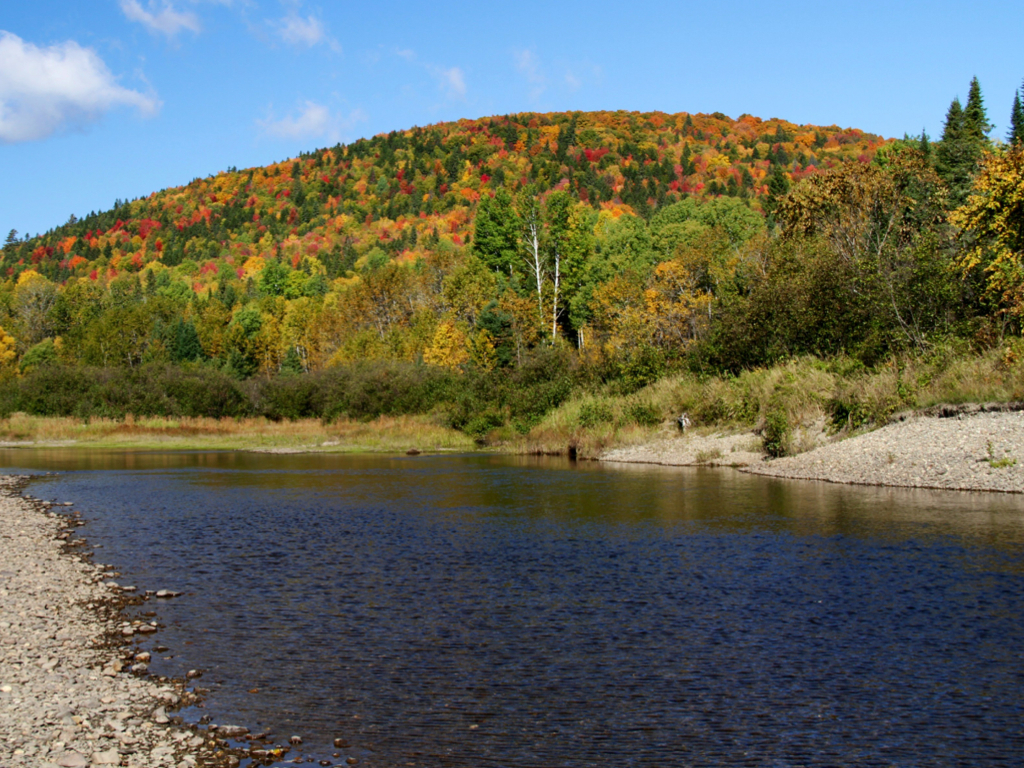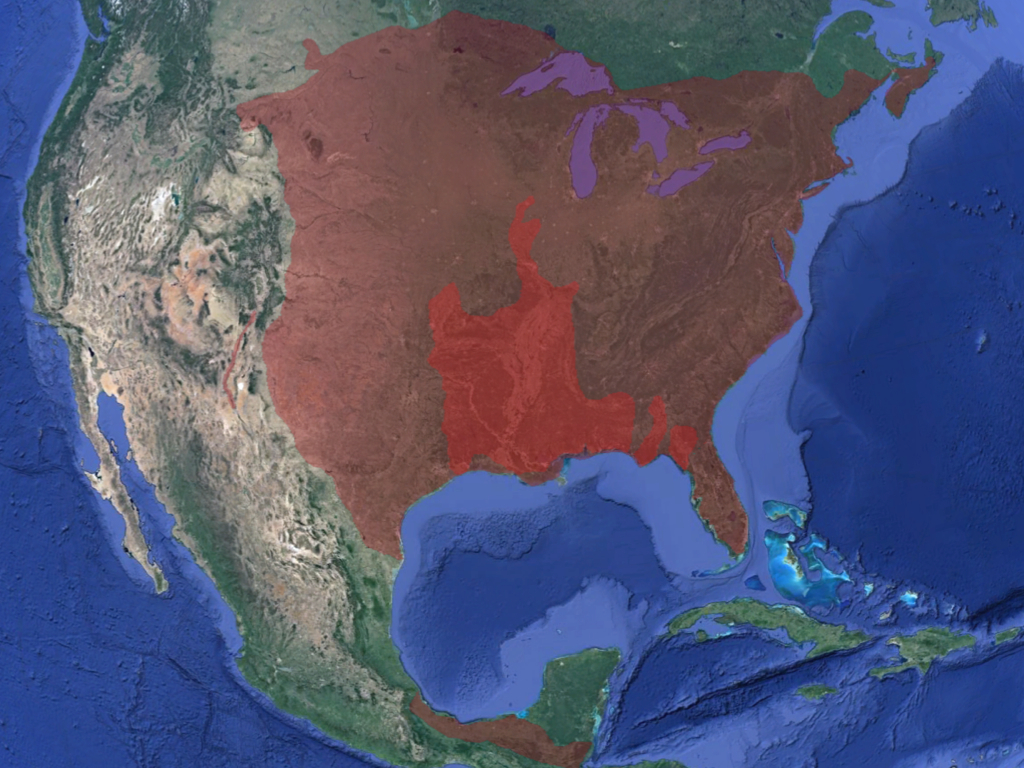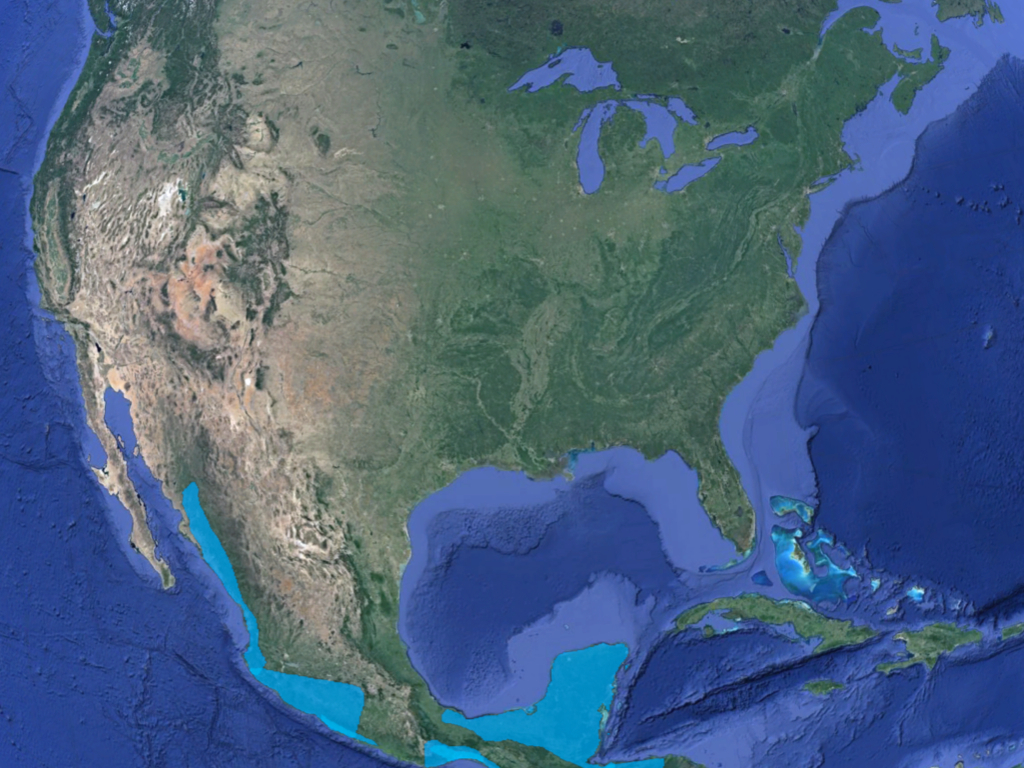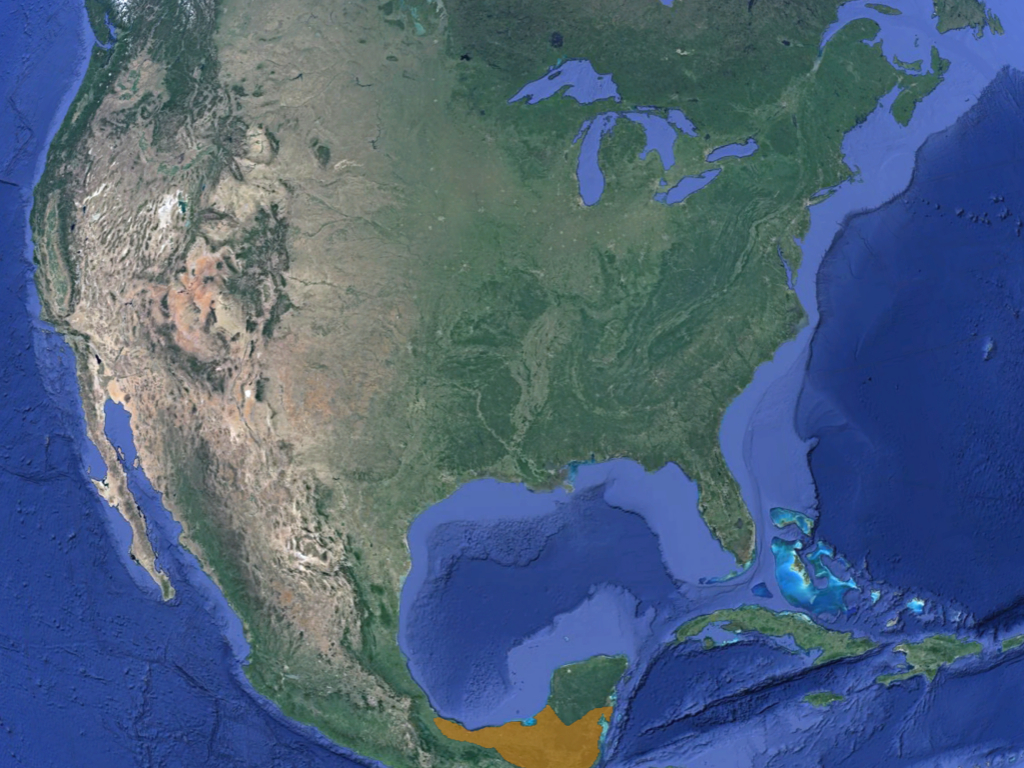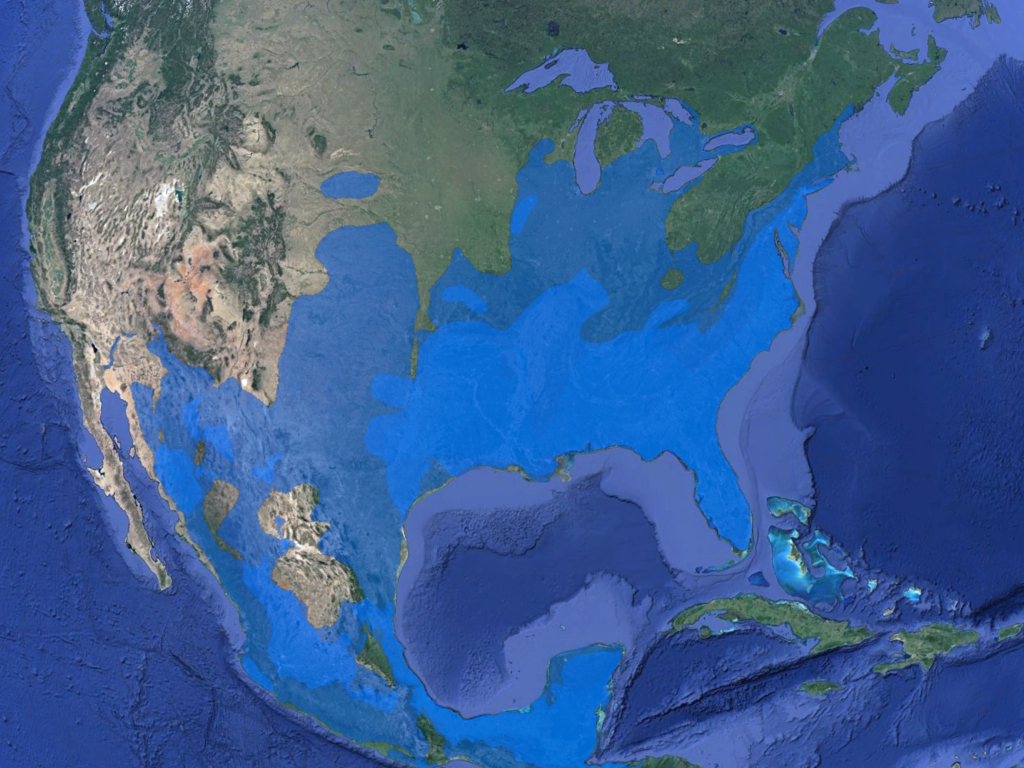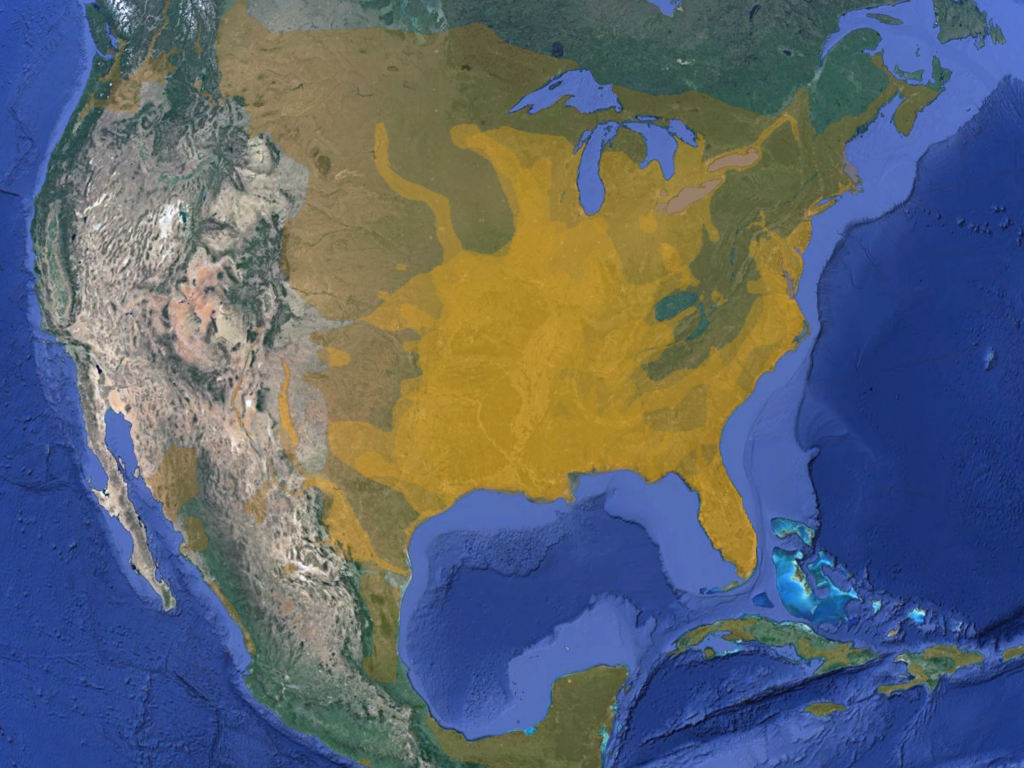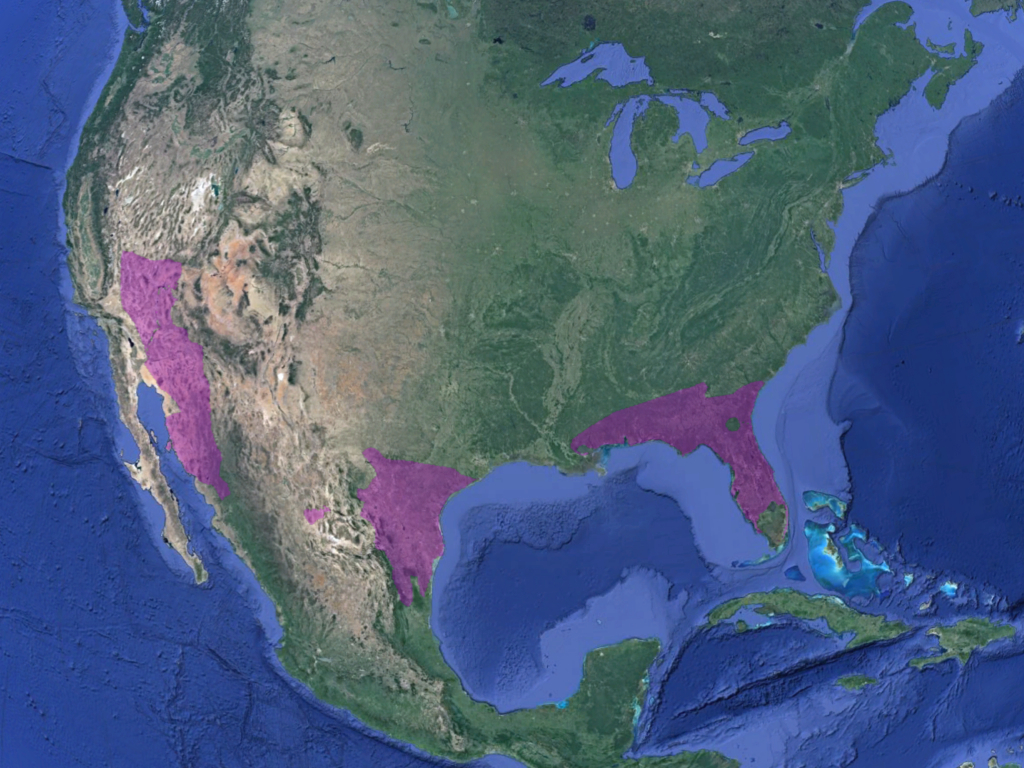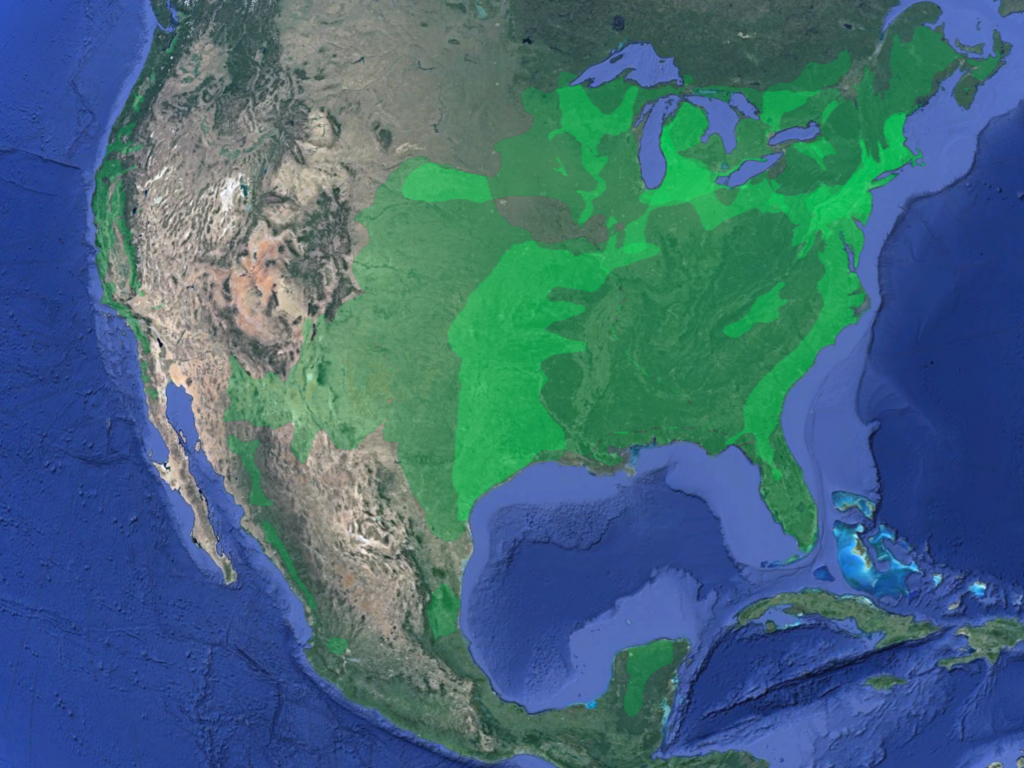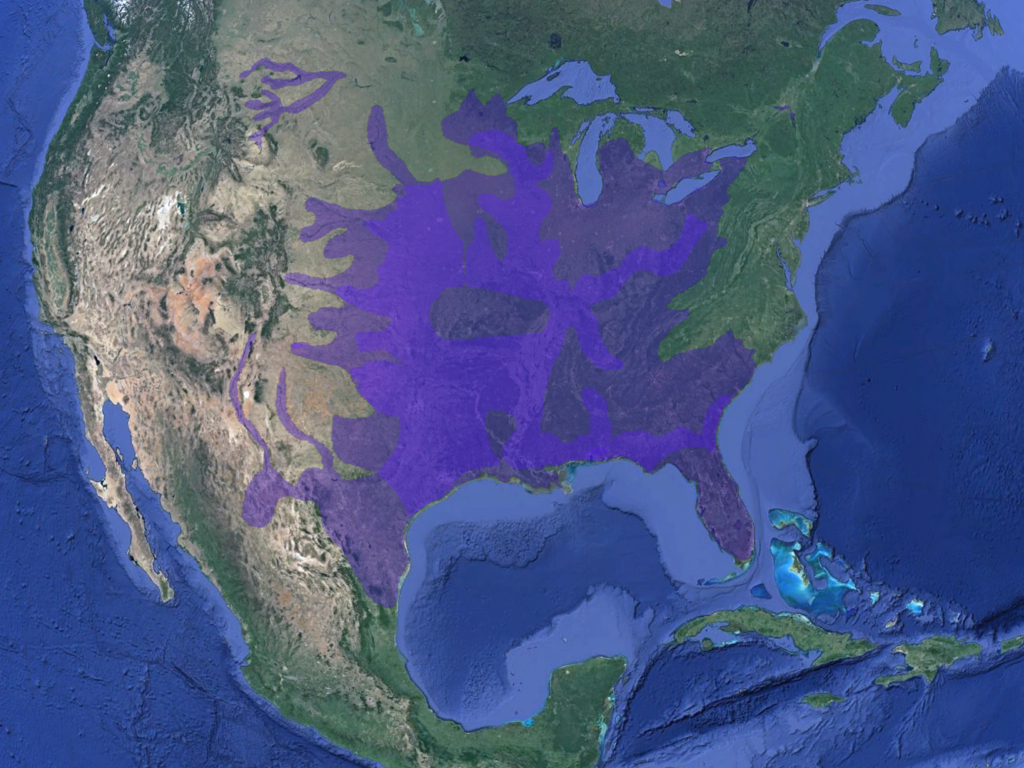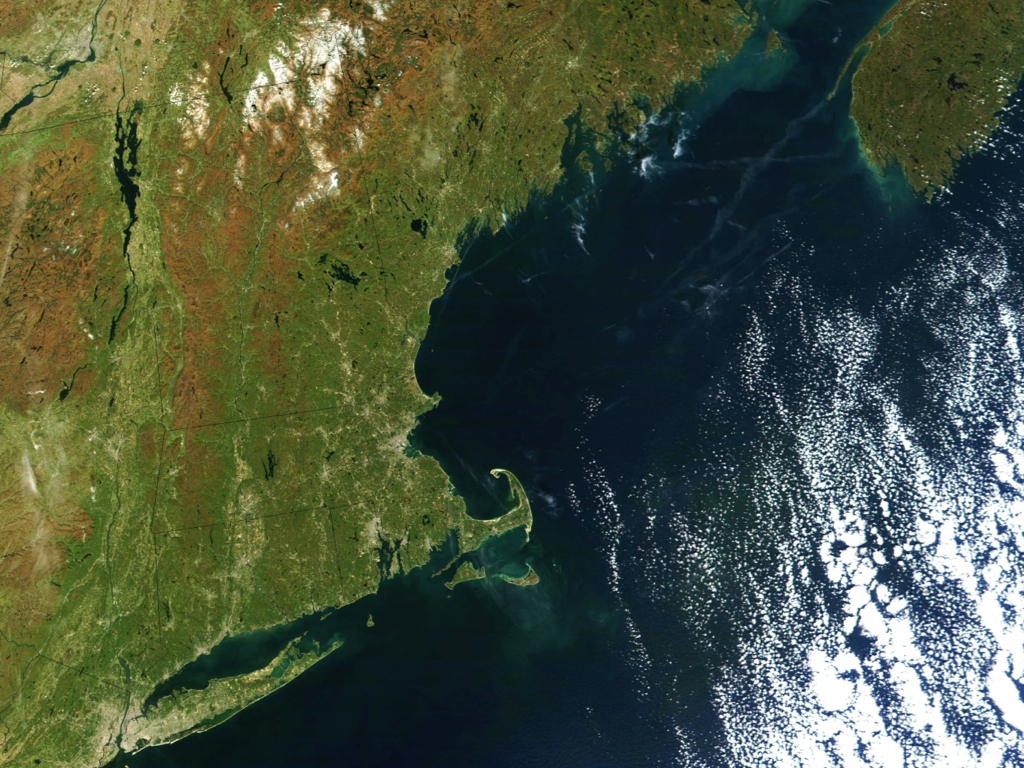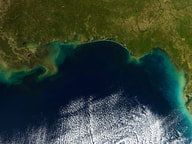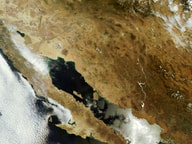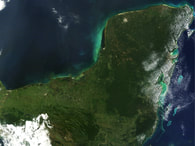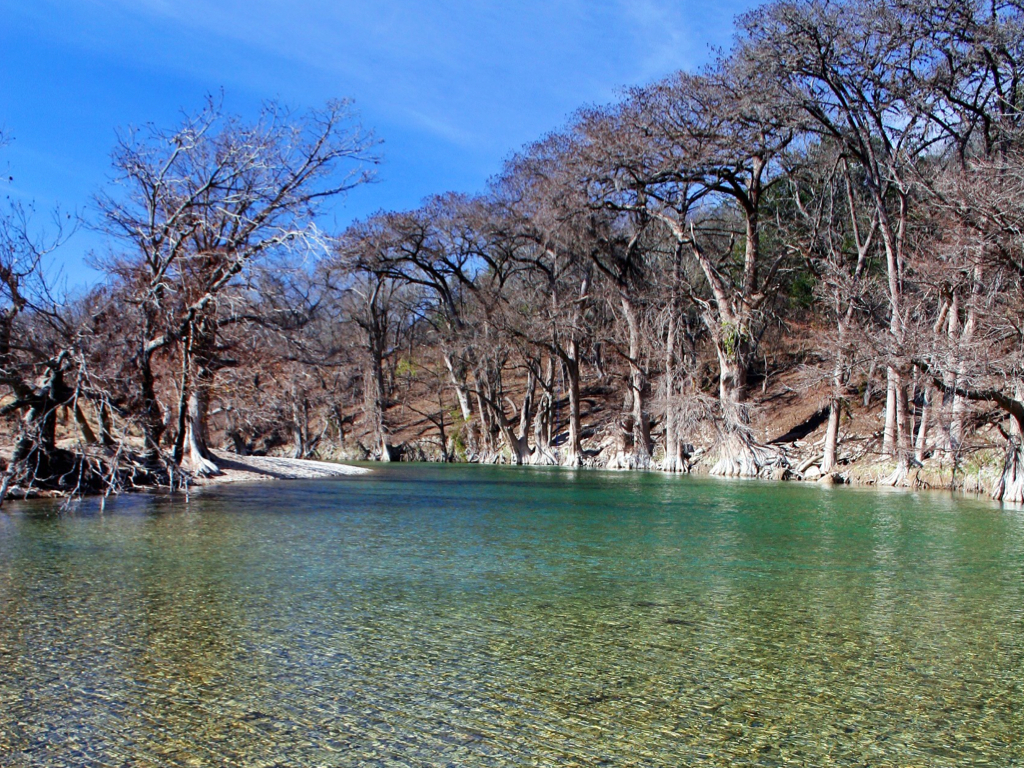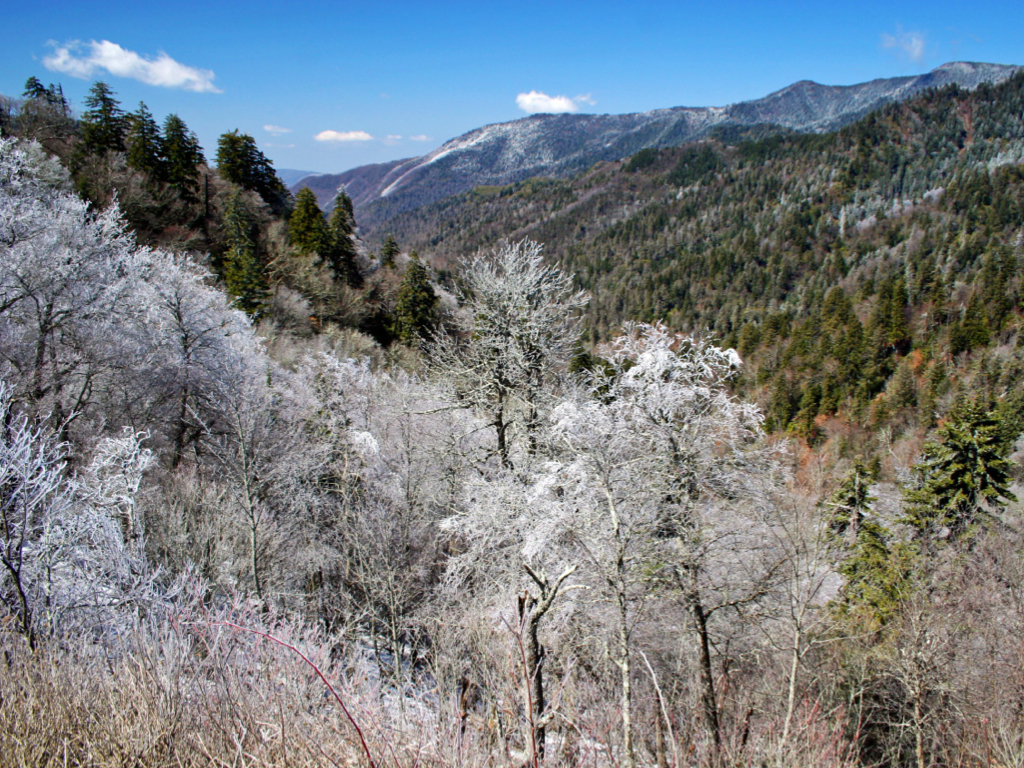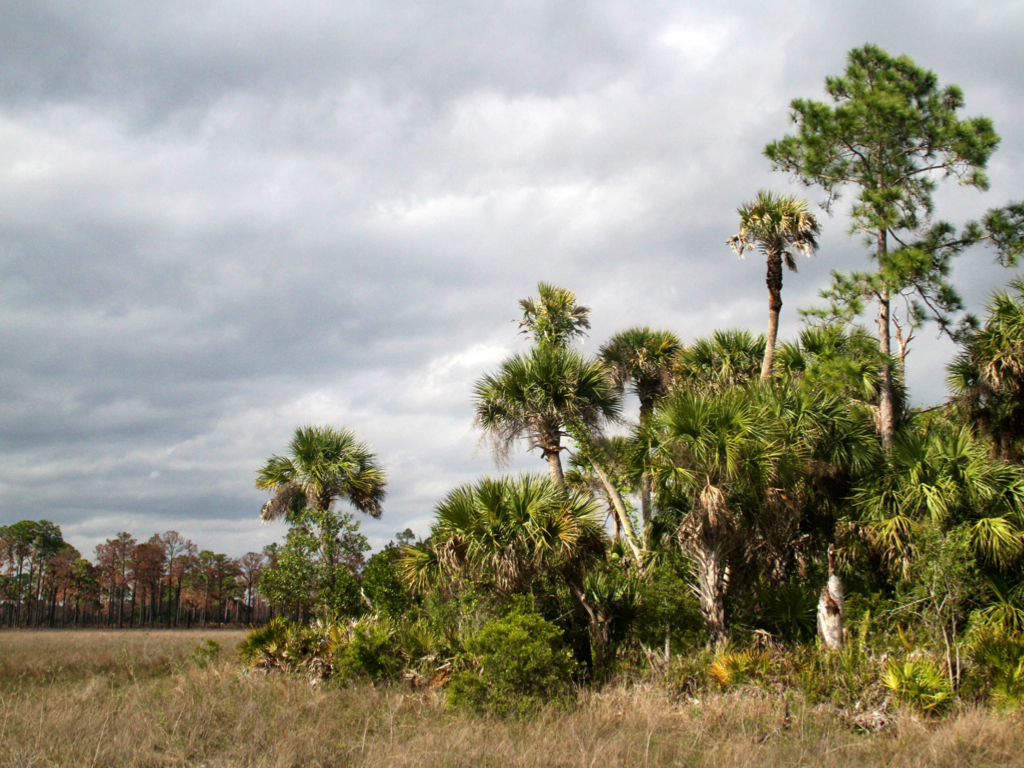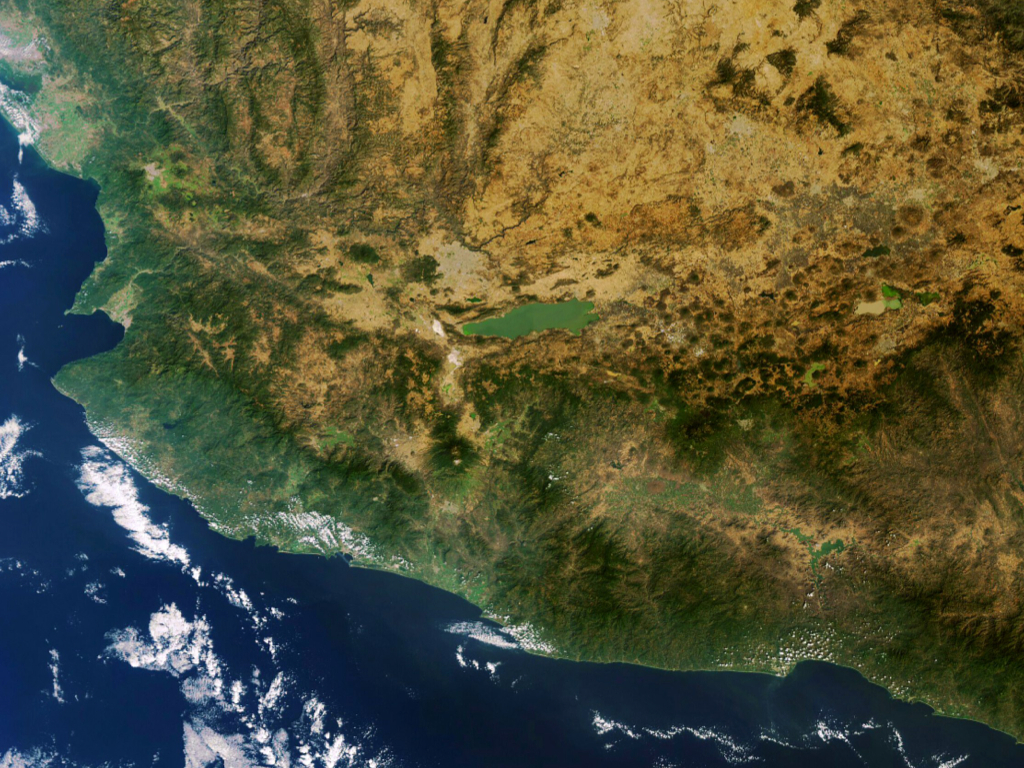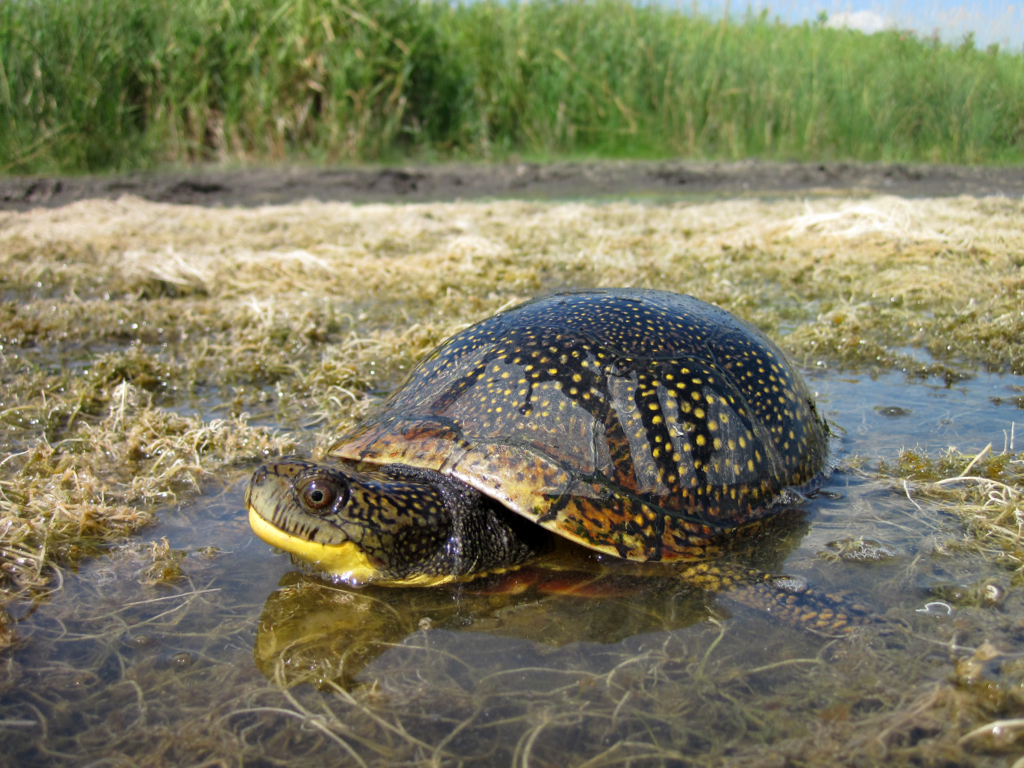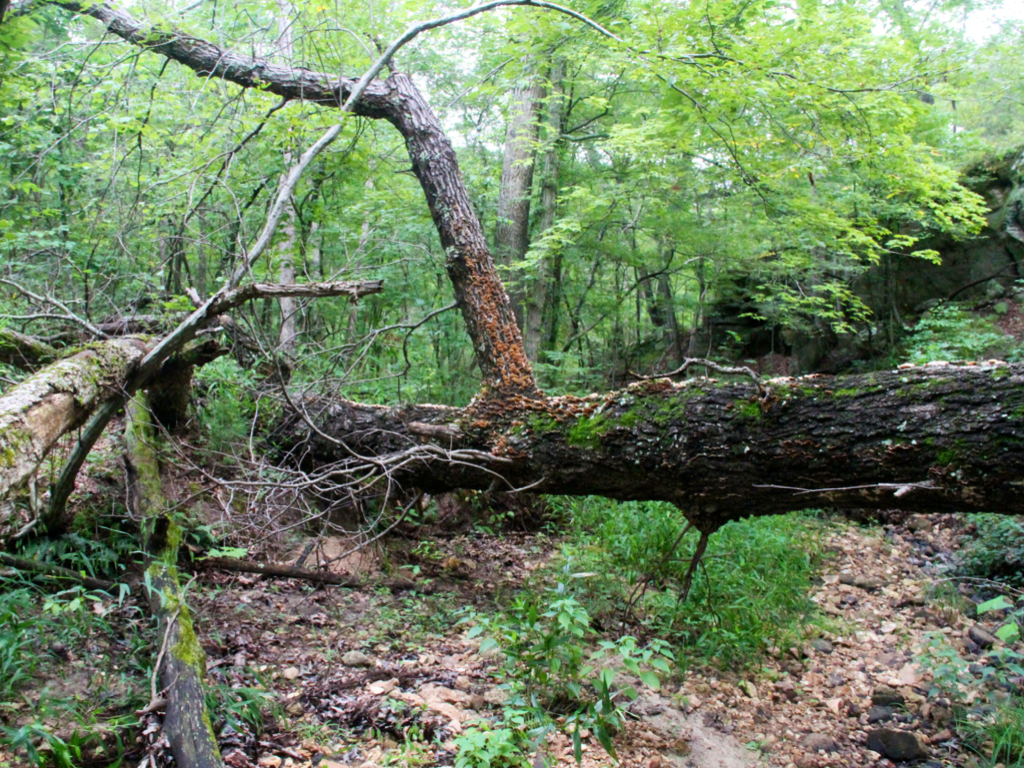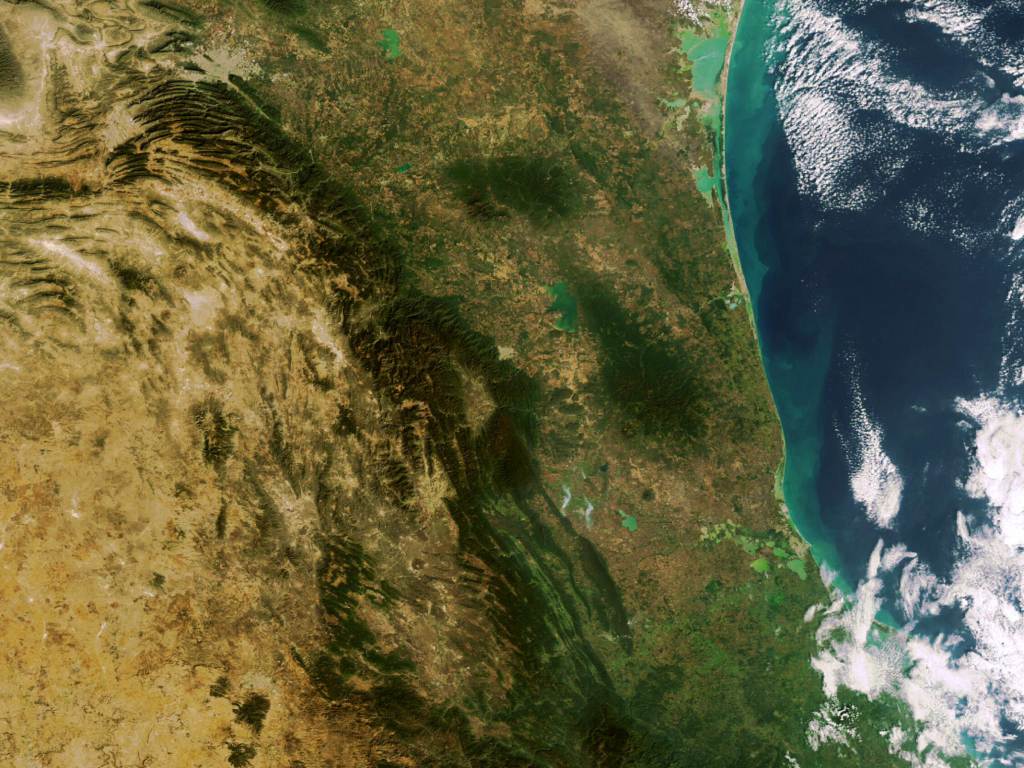|
The Northern Appalachians support unfragmented, high-integrity contiguous forest, but relatively few species of turtles. However, central New England and New York comprise the global richness hotspot for the turtle subfamily Emydinae, with five species present.
|
Functional landscapes are probably the most important element of a proactive, evolutionarily consequential, conservation strategy for North American freshwater turtles. The question is, how to identify these landscapes in a scientifically rigorous way, and how to protect them from further degradation?
We've developed a hierarchical approach to prioritize landscape protection, policy review, and long-term research. Broadly, we engage in conservation science within a network of overlapping landscapes designed to capture the majority of at-risk freshwater turtle species and lineages: (1) Northeastern USA (2) Landscapes of High Species Richness (3) Occurrences of Range-Restricted Lineages (4) Conservation Area Networks developed for widespread species of conservation concern. |
Species Richness hotspotsTo develop a network of Focal Landscapes based on species richness (the number of species present in a given ecoregion), we built range maps for 137 terminal taxa (species, subspecies, and evolutionarily significant lineages) using published range maps, available museum data, and published occurrence data. The most species-rich ecoregion (Southern Coastal Plain) was selected as a Focal Landscape, and then subsequent Focal Landscapes were identified based on their contribution to the overall turtle fauna covered. Four Focal Landscapes for Species Richness were identified, which, together with the Northeast USA Focal Landscape, support 74 terminal taxa or 54% of North American turtles. Seven additional ecoregions were identified as secondary priorities for the conservation of freshwater turtle diversity (see below).
|
Northeast USA Focal LandscapeThe 13 States of the Northeastern USA coordinate conservation for amphibians and reptiles through the NE Partners in Amphibian and Reptile Conservation (NEPARC). Coordination within NEPARC has led to regional status assessments and conservation plans for widespread species of conservation concern. Most of the northeastern state wildlife agencies have very active conservation programs in place for freshwater turtles, and this area is a focal area for ATO, though it supports only about 10% of the continental turtle fauna.
|
Focal Landscapes for LINEAGE Richness
Southern Coastal Plain HotspotThe Southern Coastal Plain, including the the Suwannee, Apalachicola, Escambia, and Pearl Rivers in FL, GA, AL, MS, and LA, supports ~46 turtle taxa—31% of the continental fauna—including the highest species richness of mud turtles, river turtles, snapping turtles, and softshells.
|
Chihuahuan Desert
|
Sonoran-Madrean
|
YucatAn-Gulf Coast
|
